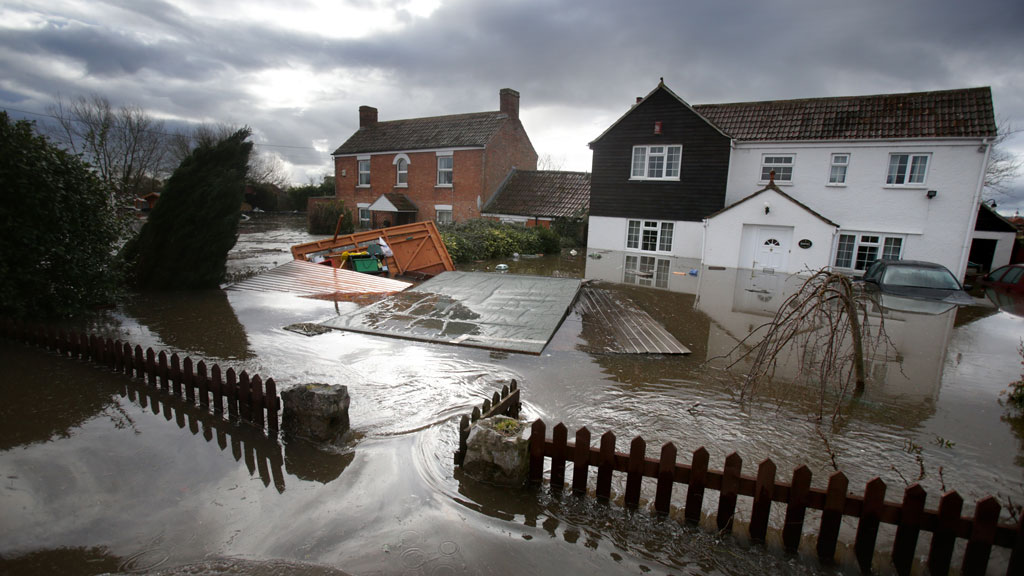Over recent weeks, fierce storms have hit the British Isles. Abigail became the first storm to be named jointly by the UK and Irish Met offices and it brought with it high winds, rain, lightning and wintry showers.
With further rain and strong winds having since battered parts of the country, many thousands of people are expected to be affected by bad weather this winter. So, how can you protect yourself against wind and flood damage? And what should you do if your home has been affected by storms? Keep reading to find out.
Gales are the most common cause of damage in the UK
According to the Met Office, strong winds and gales are the most common cause of damage and disruption in the UK. Between 1962 and 1995, 184 deaths alone were caused by building failures resulting from wind.
The majority of damage reports come from domestic dwellings and the ABI reports that the average cost of damage each year is at least £300 million.
Advice for preparing for storms and bad weather
Weather warnings are now given on TV and online. And, if you know a storm is coming, there are precautions you can take.
Firstly, you should secure loose outside objects such as ladders, garden furniture or anything else that could be blown into your windows. Make sure you also close and securely fasten all your doors and windows.
If you have a car, try to keep it safe from storm or flood damage. Park it in a garage if possible; otherwise keep it on higher ground away from buildings, trees and walls.
If you are in a flood area, move all your high value items upstairs or to a high place. Also close and secure your loft trapdoor with a bolt.
During the storm, try to stay inside your home as much as you can. Don’t go outside to repair any damage while the storm is in progress, and if you do have to go outside try not to walk or shelter near buildings or trees.
Finally, make sure you have a mobile phone with you in case of an emergency and keep contact numbers of your insurer, local authority and utility companies to hand in case you need them.
What you should do if you suffer flood or storm damage
Once the storm is over, you can leave you house to check for damage. Remember not to touch any electrical or telephone cables that have been damaged or blown down and always check that it is safe to use your electricity, gas or water supplies.
If you have suffered storm or flood damage:
- Only return to your home after a storm/flood when it is safe to do so
- Contact your home insurer as soon as you can. Your insurer is likely to have a 24-hour emergency helpline which can give you advice and arrange for repairs as quickly as possible
- If necessary, sort out temporary repairs to stop any problems getting worse. Liaise with your insurer and keep any receipts for this work as you may be able to claim for the cost
- Don’t automatically throw away damaged items as they may be able to be repaired or restored. Again, your insurer may be able to help you with this
- Remember that it may take weeks or months for a property to be repaired or to dry out after flood damage. Don’t rush your redecoration or repairs until the house is ready
Malcolm Tarling, Association of British Insurers, says: “Suffering a flood can be very expensive, distressing and inconvenient. Insurers are geared up to dealing with the impact of bad weather, and will do whatever it takes to get claims moving as quickly as possible.”
